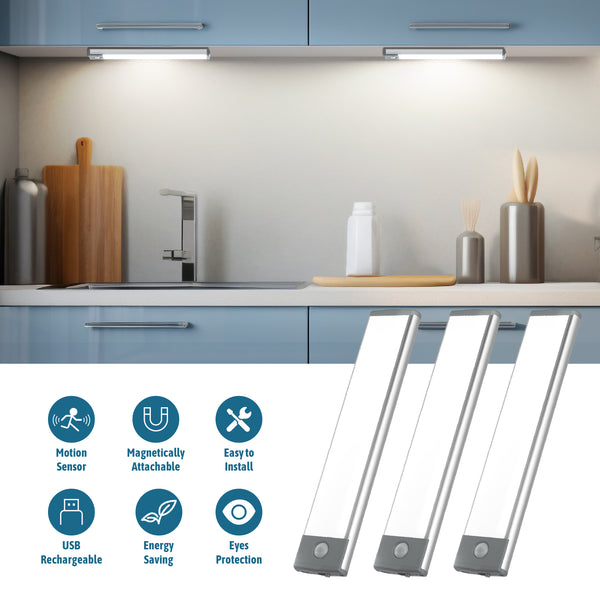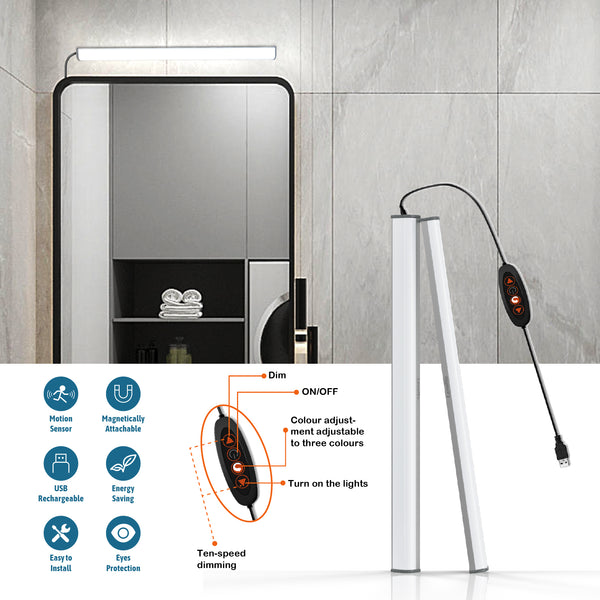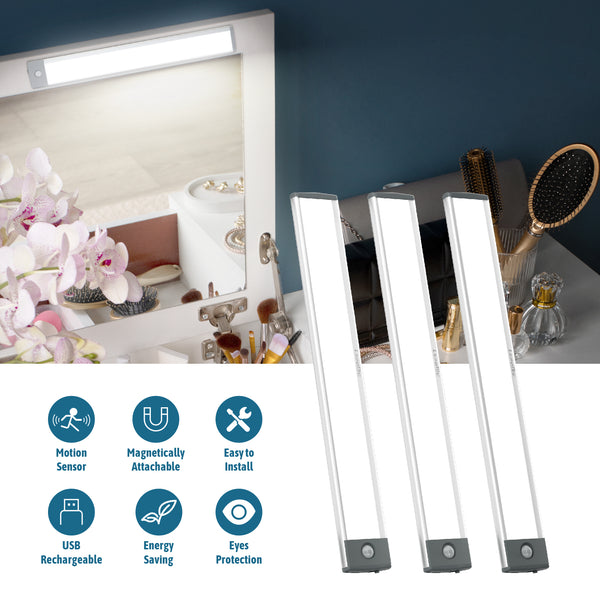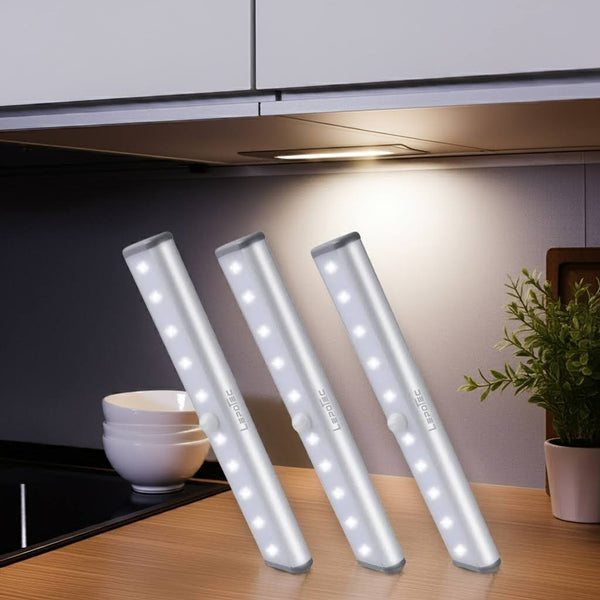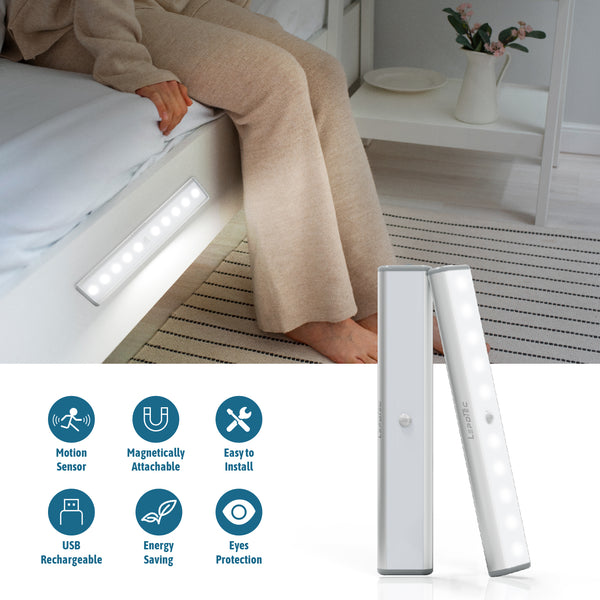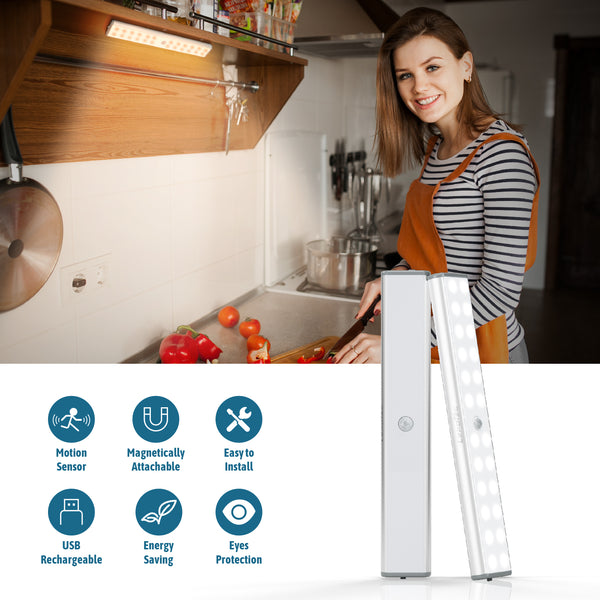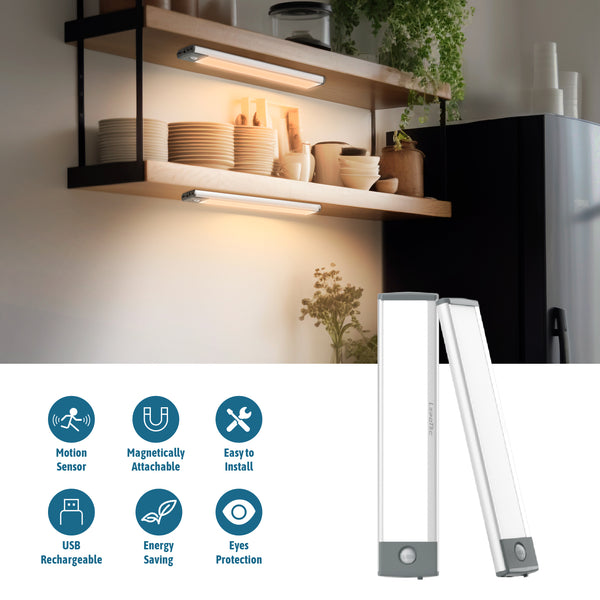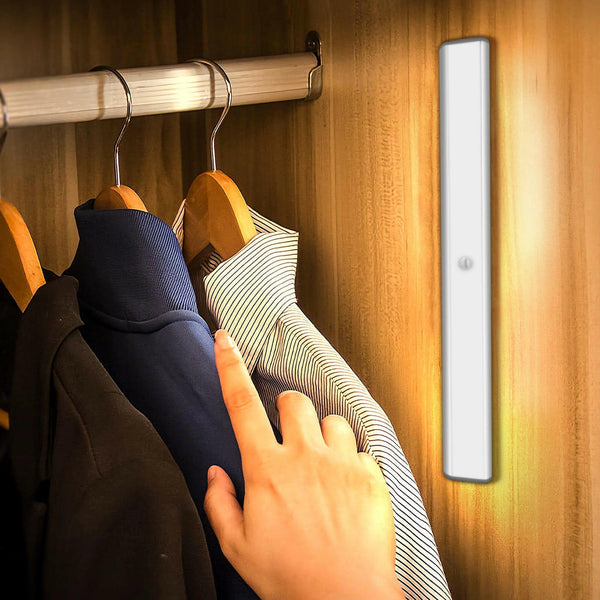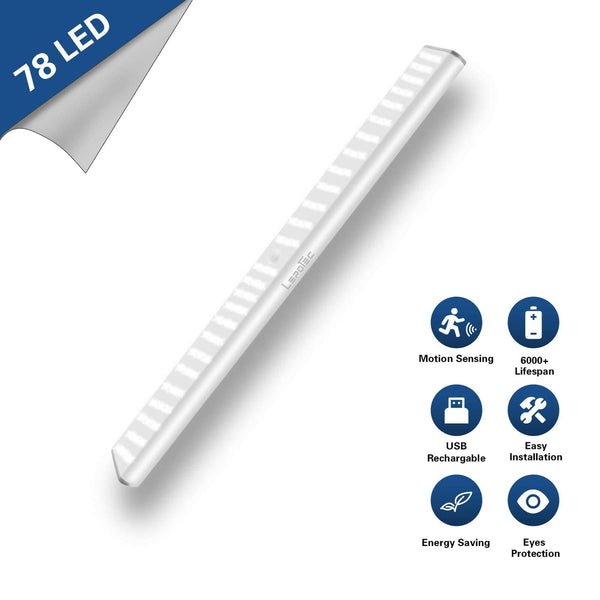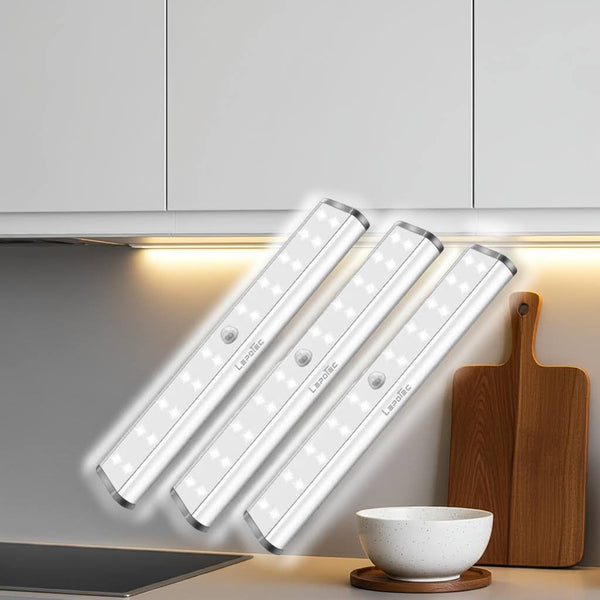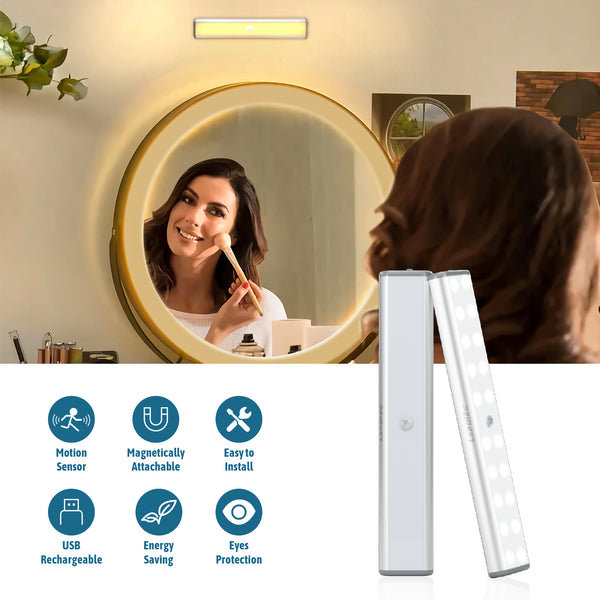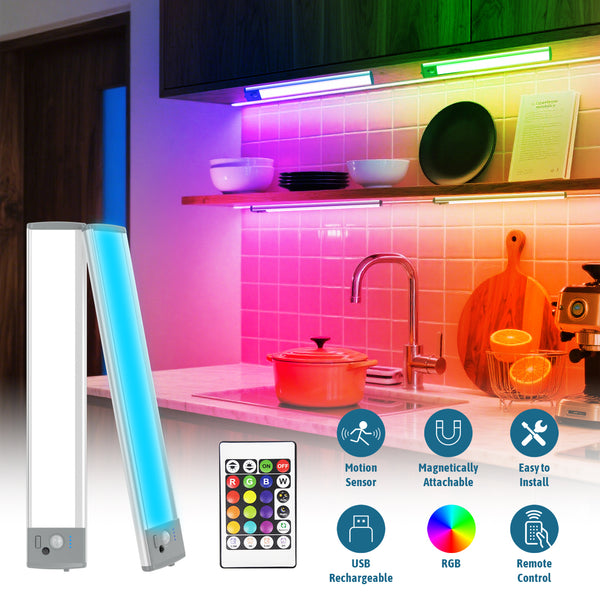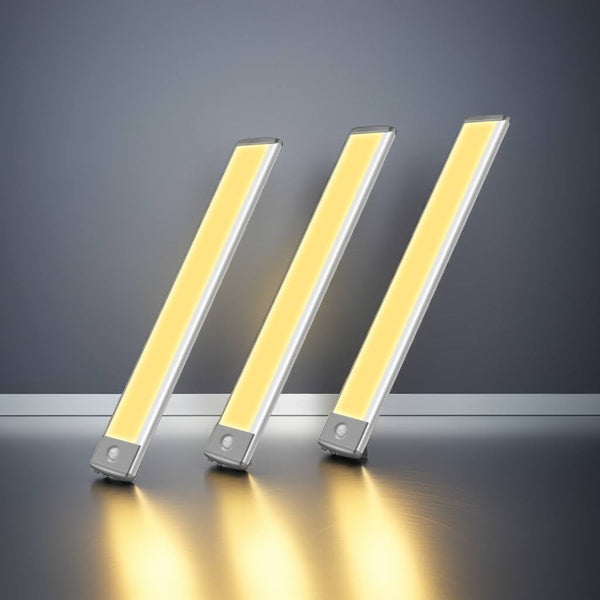Technical Analysis of the TC4056 Lithium-Ion Battery Charging IC
With the widespread use of portable electronic devices today, efficient and safe charging technology has become key to device battery life. The TC4056, a lithium-ion battery linear charging IC, offers reliable charging solutions for various devices with its outstanding performance. The TC4056 comes in an ESOP8 / DIP8 package with a heat sink at the bottom, requires few external components, and is compatible with both USB and adapter power sources. Its internal PMOSFET architecture combined with a reverse charging protection circuit eliminates the need for an external isolation diode, simplifying circuit design, reducing cost and risk of failure, thus providing a streamlined and efficient charging foundation for portable applications.
Technically, the TC4056 stands out with several highlights. It supports programmable charging currents up to 1000mA, which can be flexibly set by connecting a resistor between the PROG pin and ground. For example, connecting a 1.2kΩ resistor achieves a 1A charging current, precisely matching the charging needs of different batteries. Additionally, the chip can seamlessly switch between constant current (CC) and constant voltage (CV) charging modes. During the initial charging phase, it quickly stores energy with a constant current; when the battery voltage approaches the full charge voltage of 4.2V, it automatically switches to constant voltage mode, reducing current to avoid overcharging and prolong battery life. The charging voltage accuracy is about ±1.5% around 4.2V, meeting lithium-ion battery charging standards. The chip also includes a thermal feedback mechanism: when the chip temperature rises to 140°C, it automatically adjusts the charging current, and when exceeding 150°C, the current drops to zero, balancing charging efficiency and chip safety. Other features include battery temperature detection, undervoltage lockout, and automatic recharge, ensuring comprehensive charging safety and stability.
The TC4056 charging process occurs in three stages. When the input voltage is sufficient and the enable pin is pulled high, if the battery’s initial voltage is below 3V, it starts with a small current pre-charge; once the voltage exceeds 3V, it enters the constant current charging phase, with the current set by the external resistor; when the voltage nears 4.2V, it switches to constant voltage charging, gradually reducing current. Charging ends when the current drops to 10% of the constant current value, effectively preventing overcharge. If the battery voltage falls below 4.05V, a new charging cycle automatically starts, enabling intelligent charging management.
In terms of applications, products using the TC4056 chip can shorten charging time and reduce battery degradation; its thermal regulation avoids overheating during long charges, providing reliable safety. Its efficient charging and current regulation capabilities can quickly charge batteries for various devices. From consumer electronics to small smart devices, the TC4056 meets charging demands with its advantages.
With integrated design, precise charging control, and comprehensive safety features, the TC4056 is an ideal choice for lithium-ion battery charging. While ensuring charging efficiency and safety, it also simplifies circuit design and reduces costs, offering strong support for the development of portable electronic devices.




